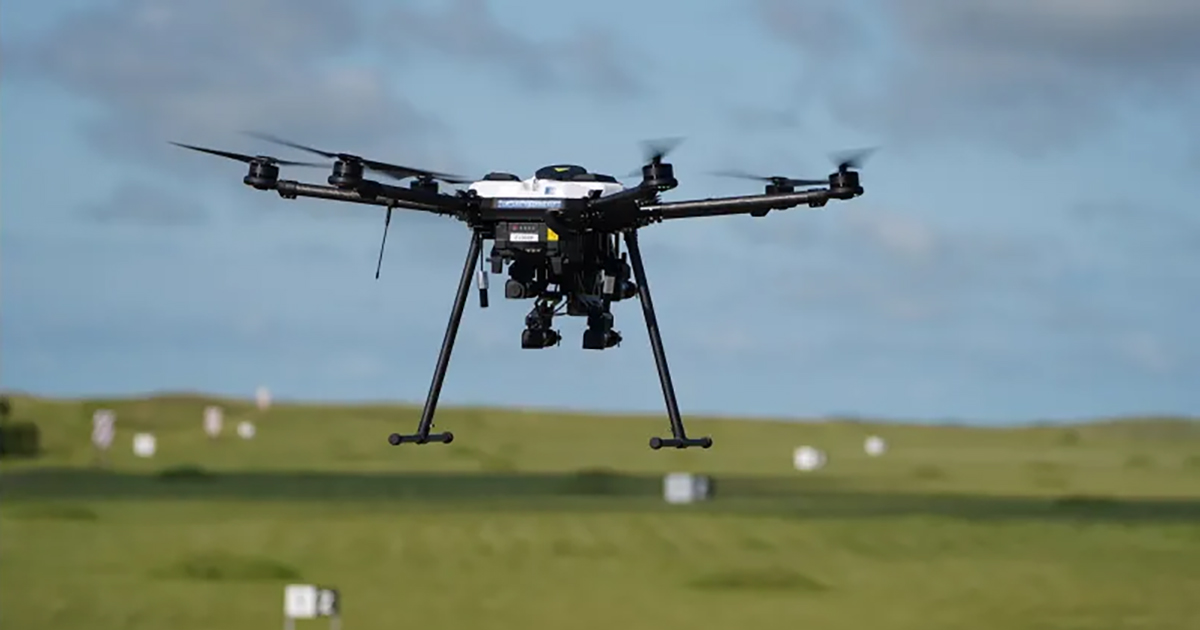Since it was formed, the Northern Plains UAS Test Site has been a critical partner to the Department of Defense and Homeland Security in boosting the nation’s security. One way the NPUASTS is doing that is by moving counter unmanned aerial system technology forward – helping our nation thwart drones being used for nefarious purposes.
The Science and Technology Directorate’s C-UAS program recently came to North Dakota to put its C-UAS tech to the test. Our team provided the personnel and expertise in operational oversight, ensured flight safety, and assisted with data collection, providing the vital information that aids the expansion of C-UAS capabilities and drone mitigation.
Bringing Together C-UAS Experts
In previous testing, the S&T’s C-UAS program focused on two sets of technology solutions for possible drone defense: kinetic and non-kinetic mitigation. Both options are ways to detect, track, identify and counter the unauthorized use of UAS.
This round of testing, bringing together public and private industry experts, took place at Camp Grafton South, managed by the North Dakota National Guard, which allows semi-urban, as well as remote and rural locations for ease of observation and data collection.
It focused on three additional kinetic mitigation capabilities – meaning ways to physically deflect, take down or destroy drones – in a variety of methods, be it projectiles, nets, or even electromagnetic or radio waves. One of the major aspects being tested in North Dakota was what happens to drones after they’re intercepted – and what’s the effect of falling debris, etc.
“The goal of the project is to investigate the state of the market in kinetic mitigation capabilities and determine the effects of using these capabilities, in order to decide which ones are suitable for the different Department of Homeland Security (DHS) component mission sets,” said S&T Program Manager Andy Myers. “The demonstrations have provided a foundation for identifying capabilities that look promising for further development, which will inform future S&T exploratory efforts.”
Our team helped make this crucial testing possible by facilitating the airspace command and data discovery needed for these and other large-scale operations.
Different C-UAS Possible Solutions
Among the C-UAS operations tested was Lockheed Martin Advanced Technology Laboratories’ swarm of defensive aircraft that were deployed to intercept an incoming threat. Another, brought by the U.S. Coast Guard Research and Development Center tested a co-developed drone intercept munition. Its project manager said the event allowed them to better understand the collateral damage risks that future commanders will need to weigh in deploying C-UAS technologies. A third, led by Fortem Technologies, tested its low-collateral effects intercepting drone, using netting shot at the malicious drone to bring it down.
The testing allowed S&T’s C-UAS program to gauge the effectiveness of possible solutions, and what happens after they’ve successfully taken down a drone. Key to that was the ability of the team to inspect and map the drone debris field at Camp Grafton.
Future testing could include the next generation of C-UAS technologies including GPS jamming capabilities. Whatever the methods, the NPUASTS makes UAS defense and C-UAS operations and a practical reality, putting new tech to the test.

